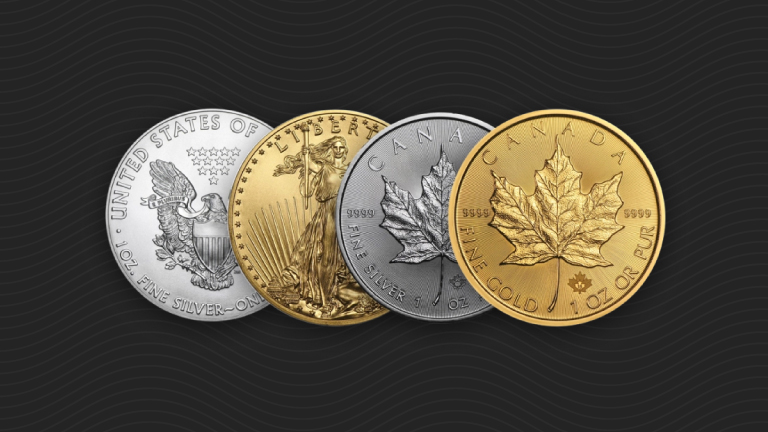The Taper Fakeout
By Peter Schiff
Anyone who bought the media buzz about a September reduction of QE – called the “taper” – was very surprised when the Federal Reserve announced that stimulus would continue unabated. According the the official narrative, inflation is under control and the labor market is steadily improving. Why wouldn’t a modest taper be announced?
The reality is that the economic indicators the Fed claims to rely on to decide when to taper are all dependent on stimulus money. This is not a mystery to Ben Bernanke. Instead, this entire saga amounted to little more than a “taper fakeout” which sent hard asset investors for a loop.
Months of Anticipation
We can forgive the financial media for being blindsided by the Fed’s non-taper. Even after decades of deception, journalists by-and-large still believe that it is their job to report official pronouncements as fact. Every month of 2013, one Fed official or another has openly discussed the need for or possibility of tapering. In January, it was Lockhart; in February, Bullard; Plosser brought it up in March; and Williams talked taper in April.
Bernanke finally took up the taper torch in May, but it wasn’t until June that he hinted the Fed might start tapering QE “later this year” and end it entirely by the middle of 2014.
The markets went wild on these progressively foreboding statements, sending Treasury and mortgage rates upward and driving gold and silver into their biggest correction since the secular bull market started a decade ago. In spite of Bernanke’s caveats that the bulk of the stimulus would continue for the foreseeable future and that the federal funds rate would remain at record lows, the markets braced for the easy-money spigot to begin closing.
I was on the major news networks calling the Fed on its bluff, but once again, my forecasts were dismissed by anchors and co-panelists.
[youtube http://www.youtube.com/watch?v=Tak9ODlBJgM&w=460&h=345]
Then, on September 18th, the Fed did exactly what I expected.
A Möbius Strip
When the Fed announced that it was backtracking on its previous indications, Bernanke cited the “tightening of financial conditions observed in recent months” as a major reason for delaying the taper.
As an academic economist focused on the history of monetary policy, Bernanke had to know that warning of tapering would cause the market to prepare by raising rates. This is part of a clever strategy to appear serious about withdrawing stimulus but have a convenient excuse to (forever) delay the exit.
After all, if interest rates surged on the mere talk of tapering, imagine what would happen if tapering actually began!
Taper Talk Is Cheap
Bernanke may not understand how to grow a healthy economy, but he’s not foolish enough to dream that he can end QE without affecting interest rates. The real message behind Bernanke’s excuse for putting off tapering is that there is never going to be a taper. If the economy shows sign of improving, the Fed will start talking about tapering again. This will send interest rates higher, which the Fed can point to as “tight financial conditions” in need of further stimulus.
Sure enough, the day after the fakeout was announced, St. Louis Fed Chief James Bullard jumped onto the airwaves claiming that a tightening decision might come as early as October.
While some analysts think the Fed is in disarray, I think they’re trying to have their cake and eat it too. By hinting but not delivering on tightening, they can keep investors second-guessing themselves and ignoring the fact that the promised recovery never materialized.
Regime Uncertainty
On September 18th, the S&P and Dow closed at new record highs on news of the Fed’s taper fakeout. Precious metals surged as well. Whether this precipitated Bullard’s renewed advisory on tapering the following day I do not know, but his comments had the effect of smacking down the previous day’s gains.
Uncertainty over the Fed’s intentions leaves US investors in a bind. Even prominent Wall Street money managers are truly frightened by this market.
My advice remains the same: focus on long-term fundamentals, take advantage of discounts, and avoid the US Treasury bubble. While unfortunate timing may have cost some gold buyers short-term losses, the difference between $1300 and $1800 for gold will look less important when it is trading at $3000 or $5000.
This much is certain, when QE does unravel, the fallout will be devastating. In the meantime, opportunities abound for the precious metals investors.
Just this week, when gold failed to rally on the government shut down, as many assumed that it would, it promptly sold off $40 per ounce, as disappointed speculators bailed out. However, gold investors know that a government shut down in-and-of-itself is not bullish for gold. What is bullish for gold is that the shut down will soon end, and any government functions that were temporarily shut down will start right back up again.
In the end, it’s the government that will shut the economy down. But the one thing they will never shut down is the printing press. Now that is really bullish for gold.
Follow us on Twitter to stay up-to-date on Peter Schiff’s latest thoughts: @SchiffGold
Interested in learning about the best ways to buy gold and silver?
Call 1-888-GOLD-160 and speak with a Precious Metals Specialist today!

